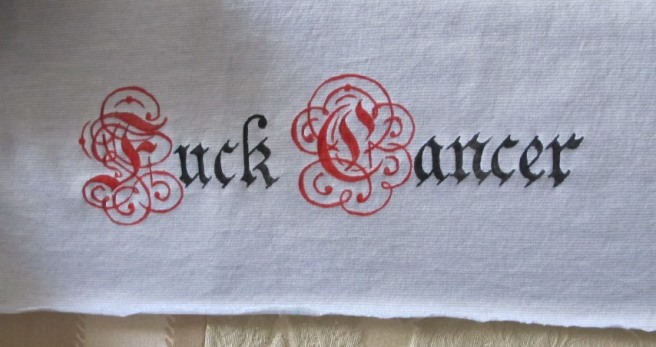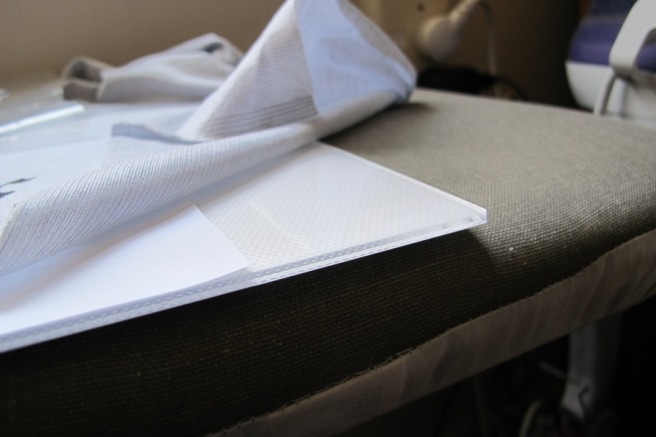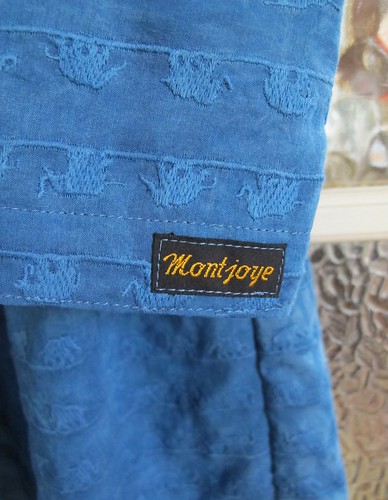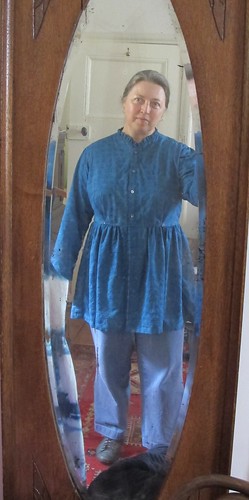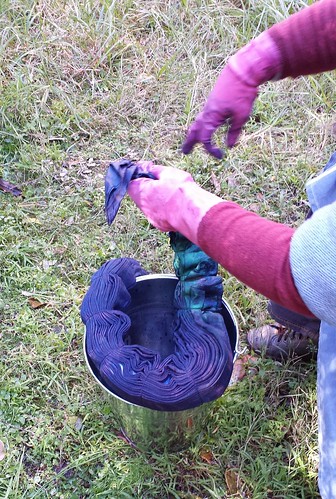I tend to crave colour in winter and Covid lockdown intensified this. I really wanted something madly multicoloured to spin, but I didn’t have anything that answered and couldn’t find the colour combination I wanted in anything orderable. Then I made the Cabbage Coat instead, which filled the need for colour for a while. Eventually I decided to order individual colours and make my own madly coloured yarn. All of this is from the recently renamed “Fibre Arts Shed”. Feltfine as it was when I ordered. Granite alpaca/merino and dyed merino in scarlet, denim, mustard, and mallard

This thought evolved into trying for increasing intensity of bright colours after starting with a neutral. Much, much thought, planning and spinning delivered this delightful madness. I’m pleased it worked pretty much the way I hoped except that the grey bloomed on wet finishing and ended up bulkier than I hoped.


I had always intended to knit this up in the pattern “Turbinado” by Sharyn Anhalt. I made one of those earlier this year but gave it away to a friend as a birthday present. The knitting started with the grey and I wasn’t loving it until I got to the fully coloured yarn. Suddenly I was having much more fun.

I was worried that the coloured yarn, being finer, would be too wibbly and not drape well. So I had my first go at adding beads to knitting. Happily the only beads I had of almost the right size were also a useful colour. I didn’t have a tiny enough crochet hook but I did have a tambour hook that was previously barely used.

I put two rows of beads a couple of rows apart from each other and the cast off edge. I also beaded the tips of the picots in the cast off. So cute. They look like little creatures. Ducklings one friend said. The beads are not obvious in the finished garment but they do deliver the drape I wanted.

Knitting finished and blocked, in time to use the last hour of sun on the back of my house.

A detail showing the increasing intensity of colour

Dry, and draped on the ironing board so I could sew in the loose ends. So pretty

The colours themselves were chosen to go with the Cabbage coat, though I think the styles clash rather. Never mind, I like them both, whether I end up wearing them together or not.

and on. It was so hard to manage the right light to show off the colours without overexposure at the same time as a picture of me I was willing to publish. This doesn’t do either really well but is the best I managed.

repeatery for linkage



























